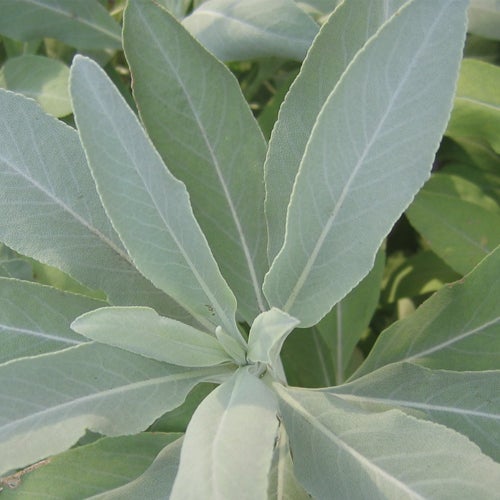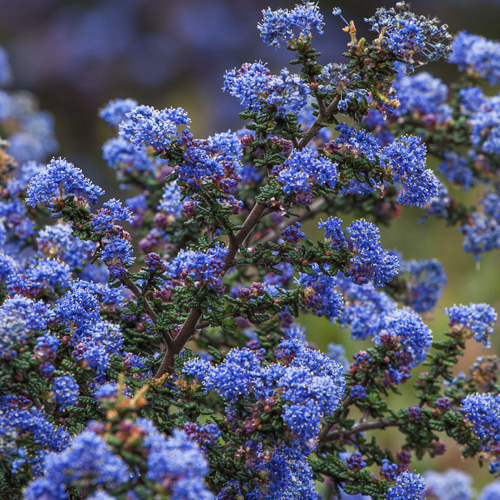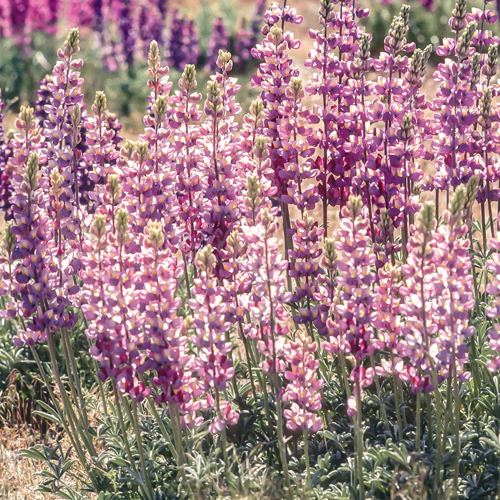Home Ground Habitats
BACK TO FULL TOUR
Garden Features
Bees
Drought Tolerant
Edible Garden
California Natives
Deer Resistant
Drip Irrigation
Pesticide Free
Rain Garden
Sheet Mulching
Wildlife Habitat
Partner: North Marin Water District

Home Ground Habitats is a center for environmental education and plant propagation that nurtures sustainable and ethical land stewardship.
Nestled in Marin’s renowned ‘horse country’ region, Home Ground Habitats boasts an idyllic setting amidst sprawling ranchettes and scenic trails. Our nearly one-acre property teems with vibrant gardens, serving as a haven for butterflies, bees, birds, and humans alike. Here, the demonstration gardens epitomize a sustainable, organic ethos, showcasing a California-friendly landscape adorned with native and drought-tolerant Mediterranean flora. Meandering gravel pathways lead visitors through hedgerows, wildflower meadows, and a verdant fruit orchard, while a vegetable garden and edible medicinal plants underscore our commitment to holistic living.
Central to our ecological vision is a habitat pond engineered with a naturalistic bog filtration system, drawing water through swales and French drains to foster biodiversity. Dry-stacked stonework provides refuge for insects and reptiles, while permeable pathways and rain-catchment tanks exemplify our dedication to water conservation. Our sheet-mulching practices have nurtured soils for diverse plantings, from manzanitas and salvias to desert flora, tailored to thrive in varying microclimates.
A cornerstone of our endeavor is the volunteer-powered nursery, where ‘mother plants’ yield thousands of organically grown offspring annually. Through propagation, we supply plants to support school and community garden initiatives, fostering habitat restoration projects across the Bay Area. With greenhouses and shade houses adhering to best management practices, we strive to propagate healthy flora, nurturing a legacy of sustainable habitat gardens for generations to come.
Day of the Tour:
Home Ground Habitats will be having a plant and seed sale for garden tour guests. They will also be having live demos around the gardens for those interested. Make sure to check out this amazing project, and work of art in the heart of horse country in Novato!
Special Events
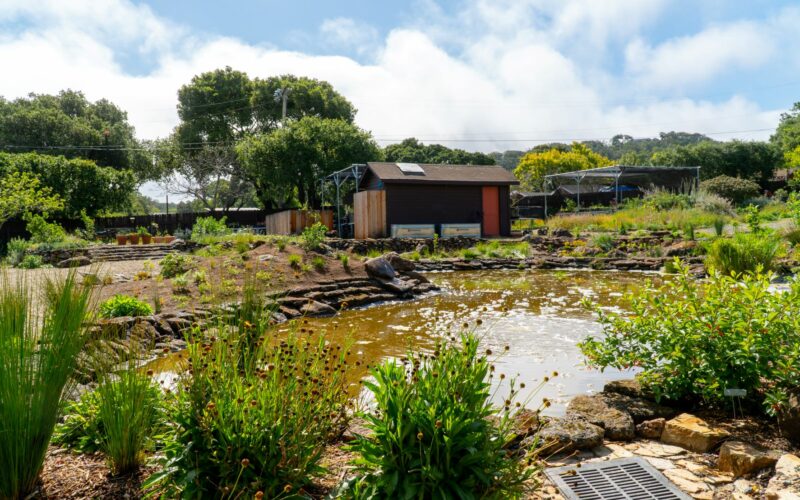
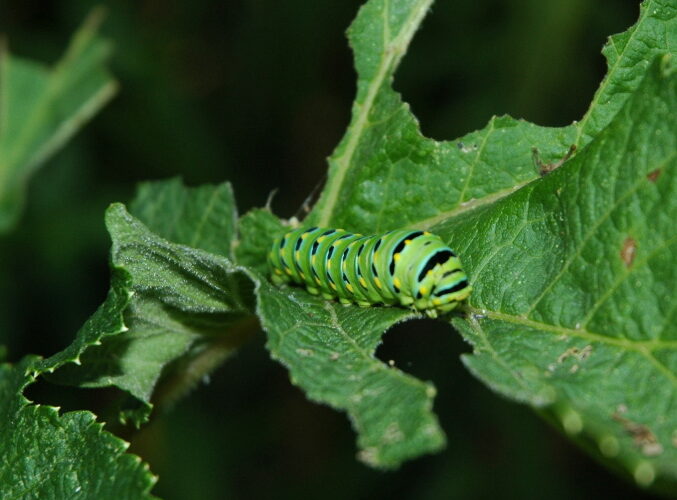
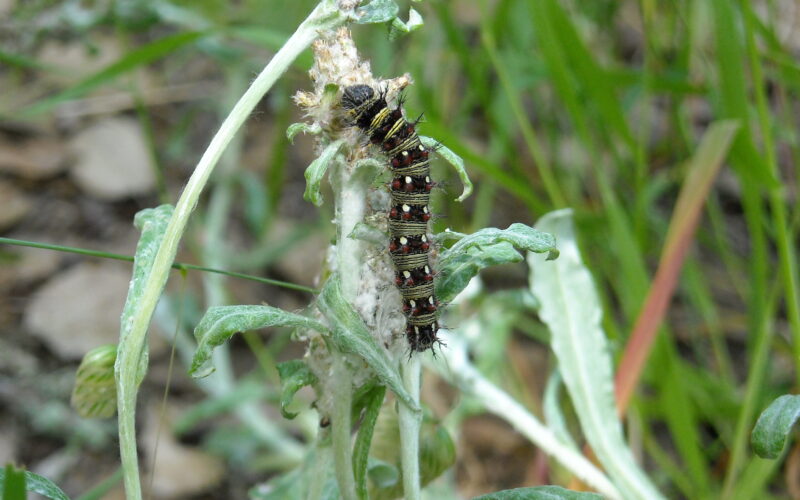
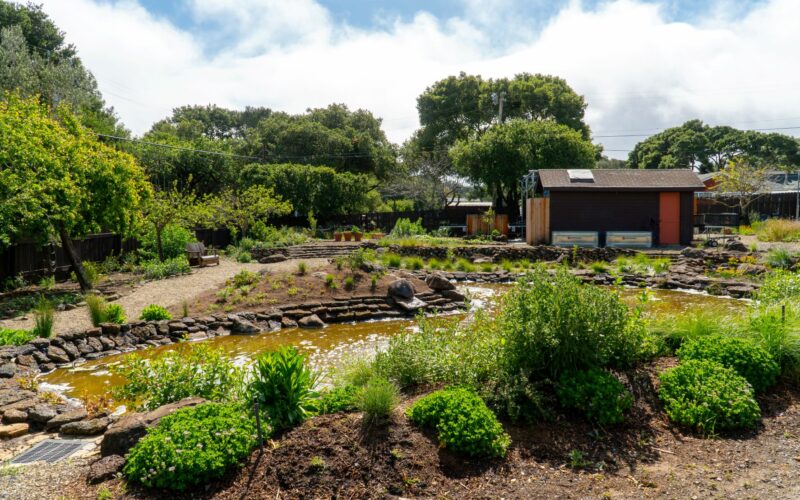
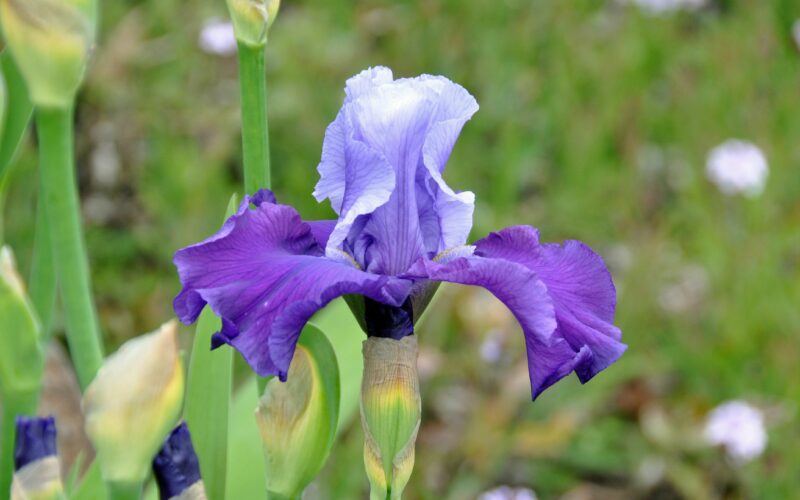
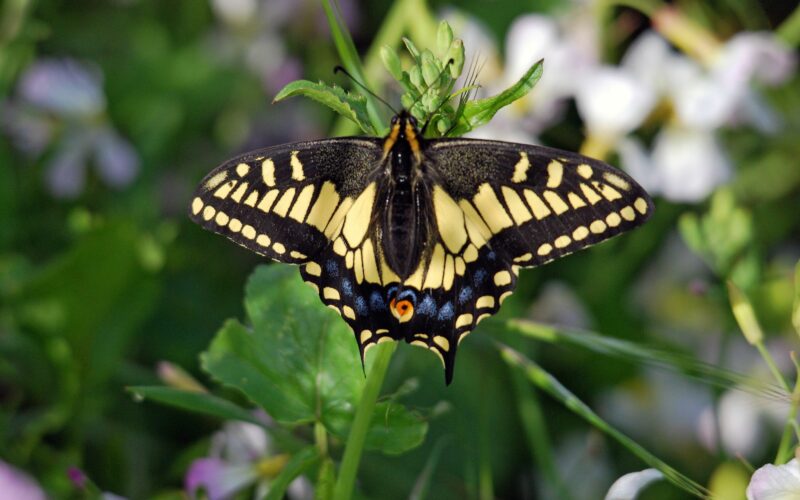
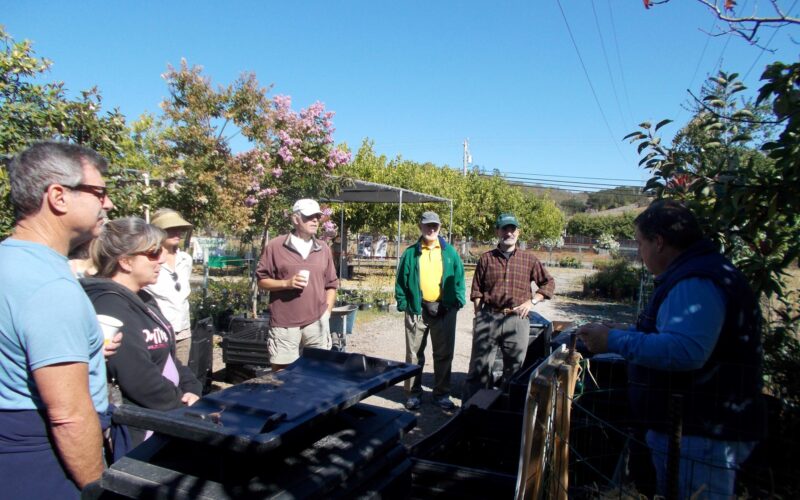
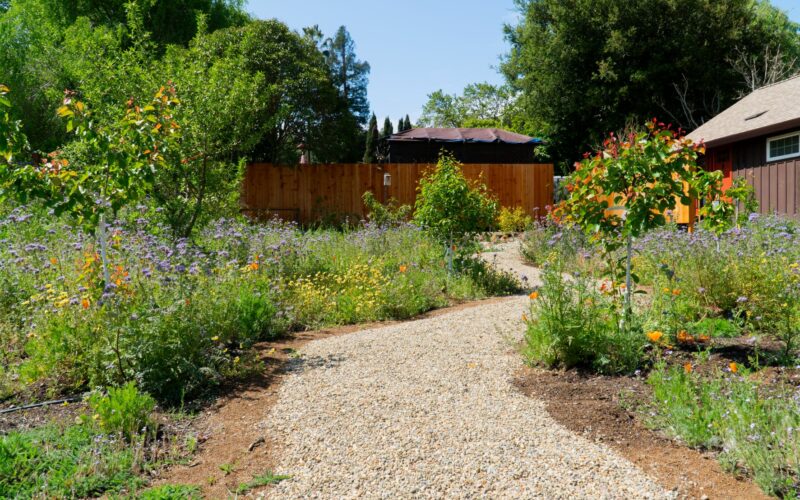
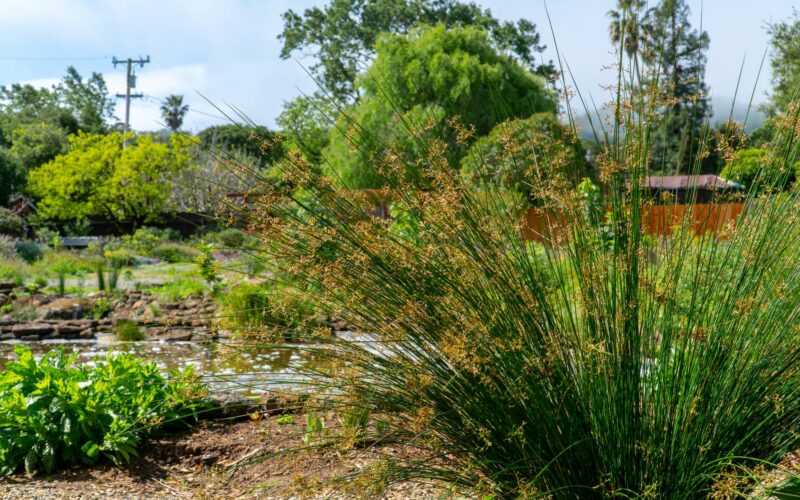
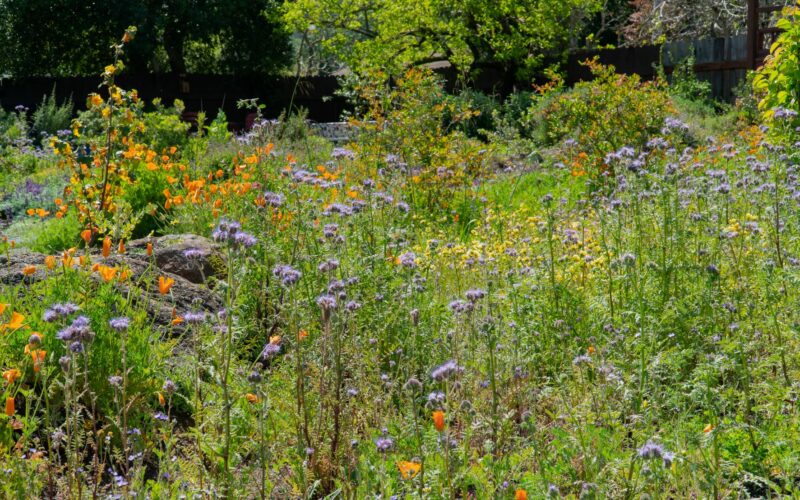
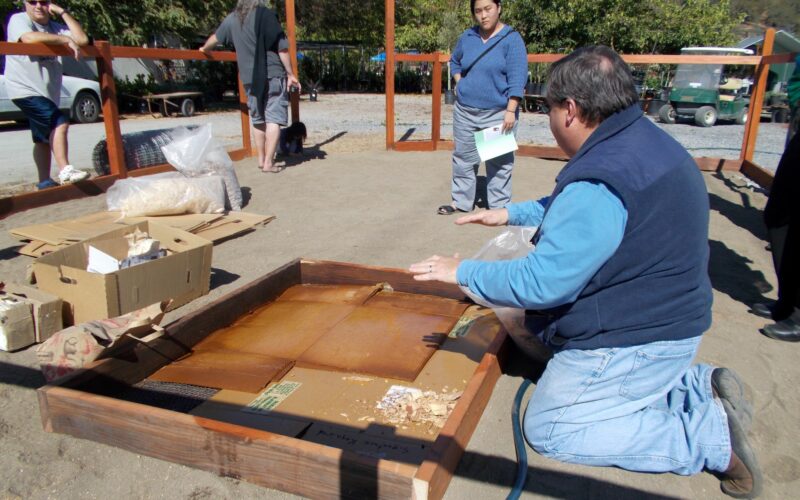
Plants in this Garden
Favorite Plants
White Sage
Salvia apiana
California Lilac
Ceanothus ‘Antonette’
Silver Bush Lupine
Lupinus albifrons var. collinsus
Opal Alumroot
Heuchera ‘Opal’
All the CA native wildflowers - Clarkias, Tidy tips, Globe and Birds's Eye Gilias - Phacelias
Favorite Garden Suppliers
Emerisa Gardens
555 Irwin Lane Santa Rosa
California Flora Nursery
2990 Somers Street Fulton
Cottage Gardens
3995 Emerald Drive Petaluma
